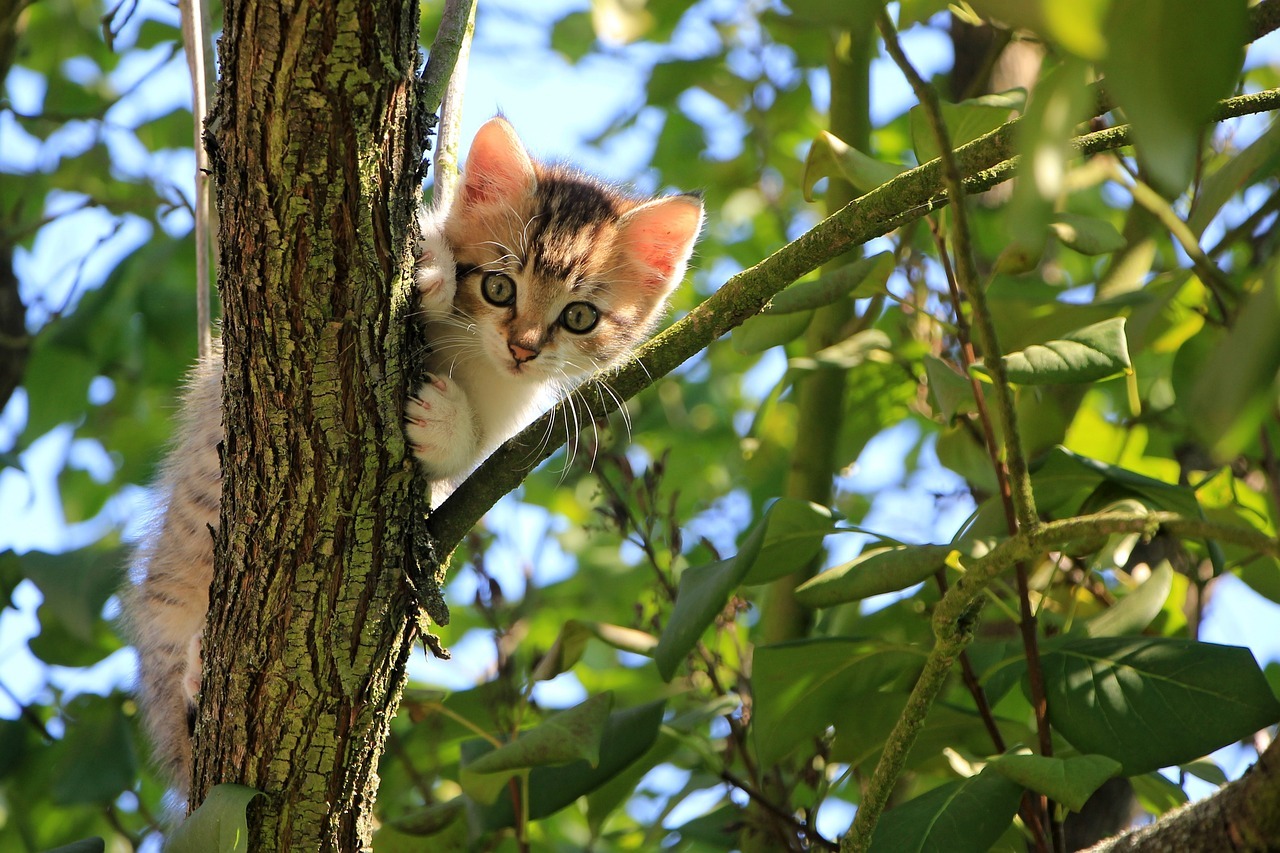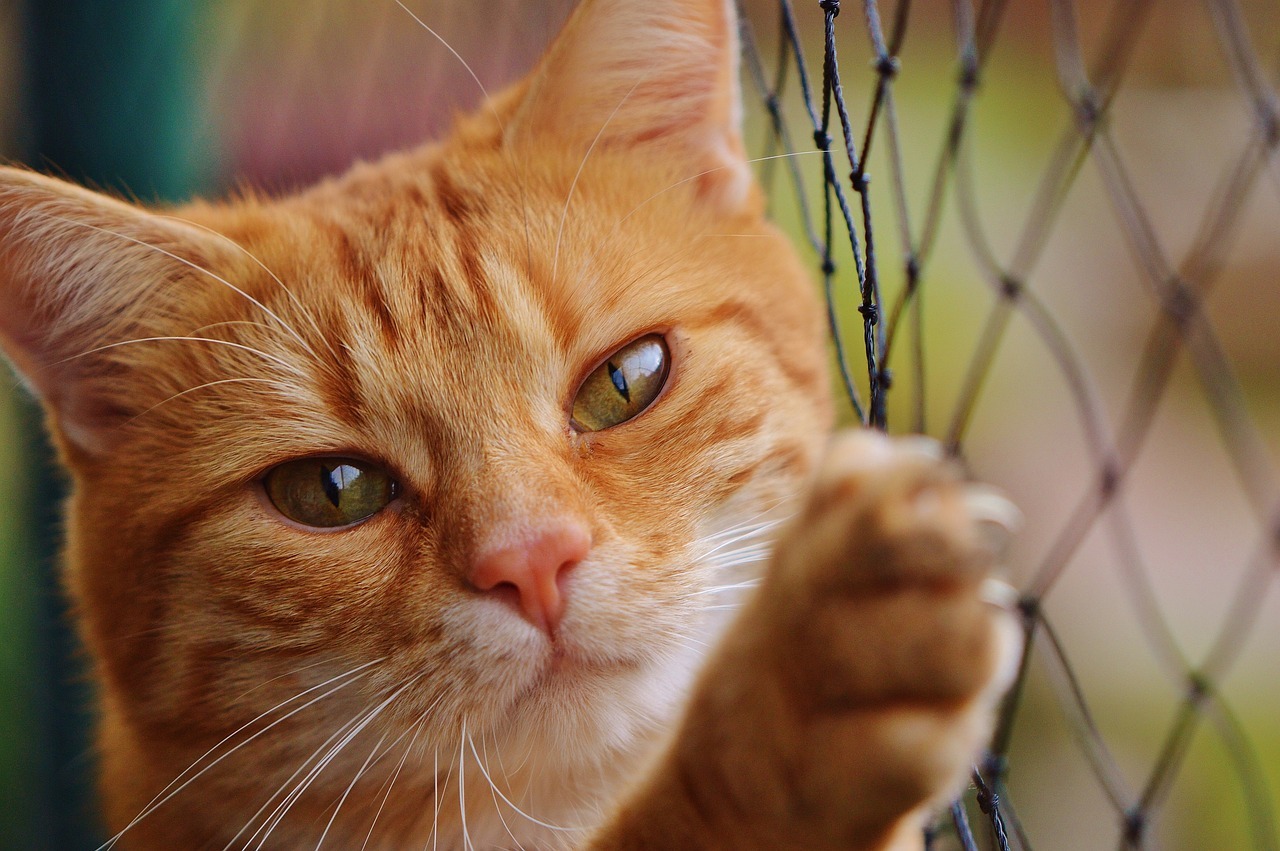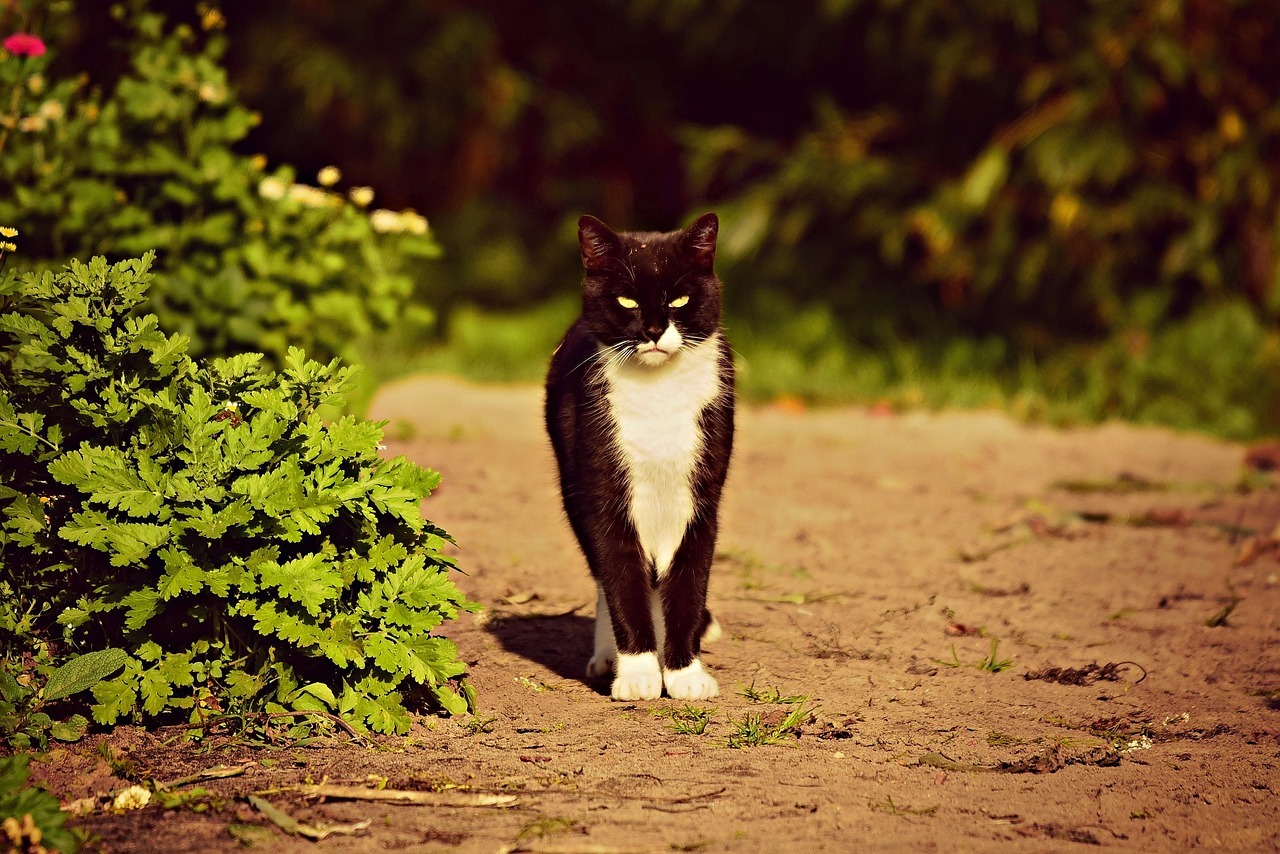Why do cats have this amazing knack for always landing on their feet? It’s like they are these tiny, furry daredevils! I’ve probably spent more than a healthy amount of time pondering this while letting my eye follow my cat, Whiskers, as he leaps gracefully through our world like he’s auditioning for some feline Cirque du Soleil. Each ambitious jump, whether it’s off the bookshelf or a bold attempt at the fridge top, leaves me in awe. Is there some science behind this, or are our whiskered companions just show-offs?
Alright, let me be upfront: cats don’t always nail the landing, but they sure give it their all. Watching my fluffball go from mid-air confusion to a perfect landing is like witnessing some kind of magic trick. Seriously, how do they do it so often?
The Feline Righting Reflex
Cats have this cool trick up their bags of fur called the “righting reflex.” Can you just imagine turning yourself right-side-up mid-fall like some sort of ninja move? This reflex is like a cat’s internal autopilot, kicking in during unexpected drops to help them flip and twist to a safe landing—even when space gets tight.
Their secret? A super bendy backbone—yep, about 30 vertebrae packed in there. It lets them twist their body way more than us stiff humans. I see Whiskers twisting in the air and visualize him kind of splitting himself into two twisting parts. The front starts turning first, then the backside follows. It’s like they’re dancing with physics to land mostly on their feet!
I can’t help but admire their elegance while I clumsily bump around. If Whiskers knew how amazing he is, I bet he’d demand more belly rubs out of pure feline pride.
Terminal Velocity and the Float Factor
Another neat trick is cats act like they figured out how to float. I’ve seen Whiskers flub a jump now and then, only to see him spread out like some sort of tiny parachute. This is where their lightweight frame comes into play. They reach terminal velocity — their top falling speed — much sooner than other animals larger than them. This means they won’t hit the ground as forcefully.
So when Whiskers stretches out all limbs like a starfish mid-air, it’s slowing him down just enough. I figure if Whiskers could attach a parachute, he might be smug about not needing it because evolution’s got his back.
A Wild and Domesticated Origin
Our little house panthers might act as if they own the place now, purrs and all, but being agile wasn’t always just for show. Cats have been living alongside humans for millennia, but these skills go further back, likely from their time skirting the shadows of wild environments.
I like to picture Whiskers’ ancestors, nimble hunters who had to master their leaps to survive. It feels like a sweet connection between his cozy existence and an ancestry of wild, agile adventurers.
Curiosity Sometimes Kills the Cat
But let’s be realistic—cats aren’t invincible, even if they act like it sometimes. High-rise syndrome is a reality, where curious naps or stumbles from heights lead to injuries. It’s a gentle reminder that their flips have limits. Each time Whiskers looks like he might take a risky leap or when I spot an open window, my heart does a little skip. Sometimes I want to bubble-wrap his world, but who am I kidding? He’d just pop it all for fun.
The Homebrew Acrobats
Living with cats means witnessing some bold and often ridiculous stunts. They might tiptoe on something barely thicker than whisker width, and then peer back at you with that ‘what’s your problem?’ face.
Watching Whiskers makes me proud and a bit envious of his boldness. I mean, there’s some lesson in his cool confidence (though I’m keeping both feet firmly on the ground, thank you!). Watching him enjoy fighting gravity makes my heart swell, even if I’m just projecting my excitement onto his antics. It’s like a silent pact between us, cheering on the madness of gravity being momentarily defeated. Who knows, maybe the thrill is mutual.
Accidental Insights from Observation
When I try to tempt Whiskers into showcasing more nifty moves, I catch myself reflecting on these interactions. It’s funny how watching our pets reminds us of the world’s wonder. Tail-chasing, air flips, and time with Whiskers makes pondering physics feel like pondering potential secret superpowers.
It all makes you reconsider the everyday wonders just within paw’s reach, things we might miss otherwise. Who knew Whiskers was capable of pulling out the philosopher in me?
Running Out of Free Falls
There’s this saying, “Curiosity killed the cat, but satisfaction brought it back,” and maybe that satisfaction makes their every leap worth it. Watching Whiskers do his aerial antics reminds me how instinct-driven yet smart animals are.
Even though we exist side by side, it’s like cats and humans sometimes see different worlds. Science and whimsy mingle whenever Whiskers decides gravity’s just a suggestion. And while there may not be long rows of studies dedicated to feline acrobatics, just a bit of time with such a creature gives you a whole notebook full of funny, delightful observations.
No matter the takeoff spot, cats are exemplars that sometimes, with some flexibility and sass, the impossible looks routine. That’s the enchanting part of their artful landings—which is sweet enough to warm any heart, even if Whiskers’ antics are as much about amusement as some ancient cat wisdom.
Thus ends my tale of cats, curiosity, a dash of physics, all swirled with the everyday hilarity of just living with a cat named Whiskers.







